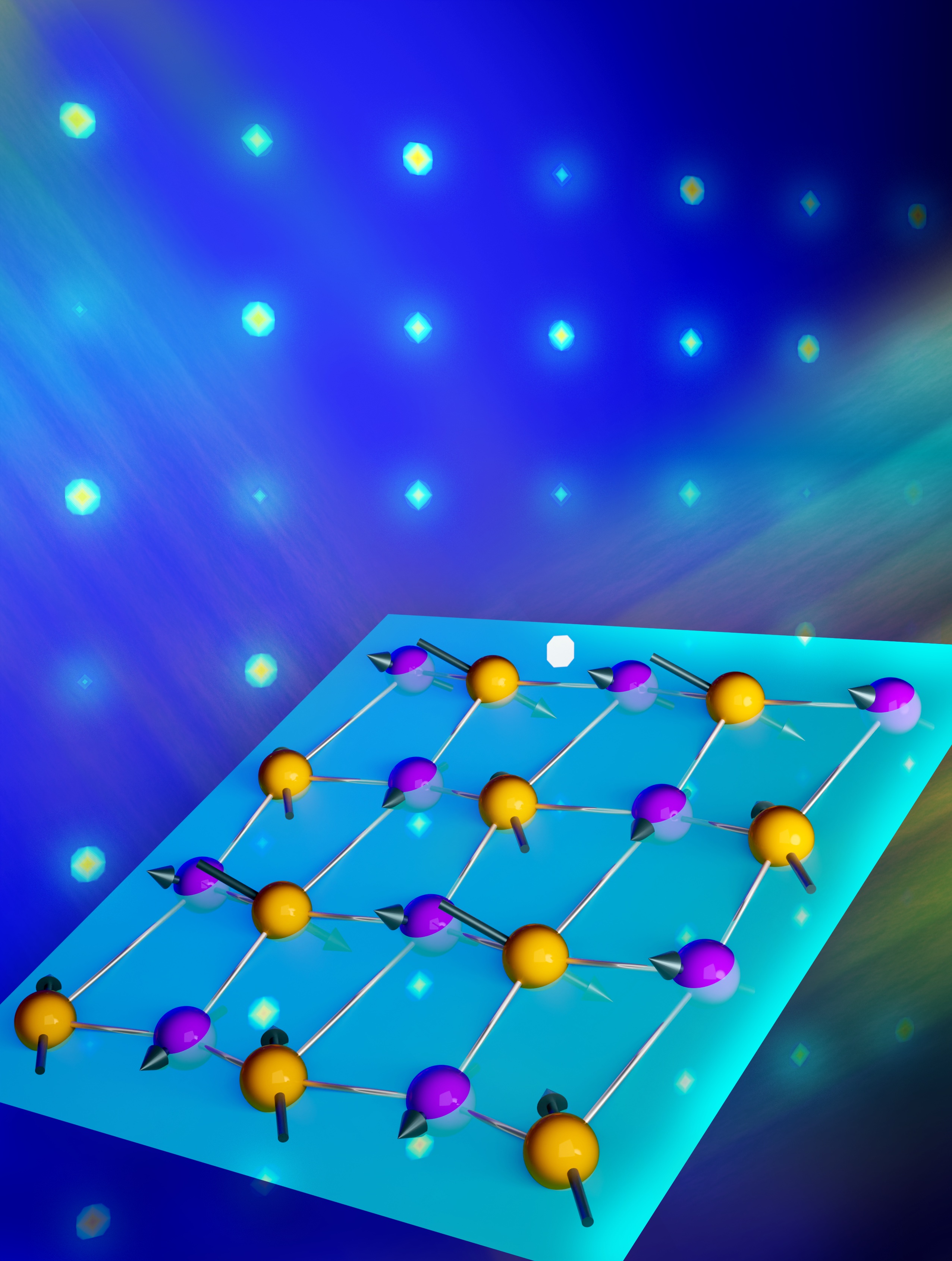History
Given below are short descriptions of the historical Basic Energy Sciences Advisory Committee's activities. Click below on 1997 to Present for details on current activities.
FY 1996 — BESAC on Neutron Source Facility Upgrades and the Tech. Spec. for SNS
-
BESAC was asked in June 1995 to advise DOE on upgrades for neutron sources and the characteristics of a new source. Three BESAC panels were established--the first to consider upgrades to the two spallation sources (the Aeppli Panel); the second to consider upgrades to the two high-flux reactors (the Birgeneau Panel); and the third to review the scope of the new spallation source (the Russell Panel). Findings were presented to DOE in February 1996.
The advice provided by BESAC had signficant outcomes. First, based on advice by the Aeppli Panel on spallation sources that a short-pulse spallation source equivalent to ISIS was needed immediately in the U.S., BES aggressively went forward with negotiations with DOE/DP to upgrade the short-pulse spallation source at Los Alamos National Laboratory. The LANSCE (Los Alamos Neutron Science Center) upgrade is now in progress and will result in a world-class capability. Second, based on the advice by the BESAC panel on the technical specifications of the Spallation Neutron Source (SNS), the ORNL-led collaboration designed the SNS so that it would incorporate conservative technology initially, that it would have the potential to be expandable and upgradeable in the future, and that it would be commissioned in FY 2005.
FY 1995
- BESAC assessed the value of basic research to the public through the impact on the quality of life, the economy (through the creation of new technologies, jobs, etc.), the environment (reduction of pollution sources as well as environmental cleanup), and the sustainability of the standard of living. The "Moore Report", named for the BESAC Panel Chairman, economist John H. Moore of George Mason University (currently, the President of Grove City College), has had signficant interest and formed the basis for the introduction to the BES booklet "Basic Energy Sciences -- Serving the Present, Shaping the Future."
- BESAC assessed the fuel alternatives for the Advanced Neutron Source.
- BESAC reviewed the Basic Energy Sciences Programs at Ames Laboratory, Los Alamos National Laboratory, Pacific Northwest Laboratory, and Sandia National Laboratories.
FY 1994
- BESAC reviewed the future of neutron sources and related scientific and technological applications in the United States. Their recommendations supported the Advanced Neutron Source project being in the President's budget in FY 1994.
- BESAC also provided recommendations for greater effectiveness in contributing to U.S. competitiveness, which increased coordination with the technology offices of the Department, established an industrial fellowship and sabbatical program, and encouraged collaborations with industry.
FY 1993 — Neutron Sources for America's Future - BESAC Panel on Neutron Sources 1/93
- BESAC reviewed the strengths and weaknesses of the two methods for producing neutrons and how and where they complement or duplicate one another. The Committee concluded that a reactor based source was the highest priority. This review was the key recommendation leading to a decision to request the initiation of the construction for the Advanced Neutron Source.
FY 1992
- BESAC reviewed the area of combustion sciences and its importance. Specifically, they reviewed a proposed activity termed the Combustion Dynamics Initiative. BESAC concluded that combustion research represents an area where scientific advances can have a rapid impact on society. Fundamental research in combustion, connected to improved modeling and design of physical devices and systems, can result in major advances in energy conversion efficienty, pollutant reduction, and environmental remediation techniques. The Combusion Dynamics Initiative recognized this linkage, and proposed a multifaced program which extends from the most fundamental research to advanced modeling of combustion systems to applications.
1991 Review of the Basic Energy Sciences Program of the Department of Energy (June 1992; DOE/ER-0551P; 49 pages).
This report summarizes the activities of BESAC for 1991, which includes a review of the Basic Energy Sciences research programs, its major facilities, facilities construction, and the Atomic, Molecular, and Optical Sciences program. The Committee also discussed user fees at major facilities. It also includes the following subpanel reports: Combustion Dynamics Initiative; Materials, Biotechnology; and Environmental Restoration.
1989 Review of the Basic Energy Sciences Program of the Department of Energy (February 1990; DOE/ER-0445P; 108 pages).
This report summarizes the activities of BESAC for 1989, which includes subpanel reports on each of the Basic Energy Sciences research programs, human resources, physics in OBES, and the BESAC/HERAC Global Change research programs.
1988 Review of the Basic Energy Sciences Program of the Department of Energy (November 1988; DOE/ER-03950; 65 pages).
This report summarizes the activities of BESAC for 1988, which includes subpanel reports on each of the Basic Energy Sciences research programs and future priorities and opportunities, major facilities, and global change.
Panel on High-Tc Superconducting Magnet Applications in Particle Physics (December 1987; DOE/ER-0358; 35 pages).
This report summarizes the principal findings and conclusions of the study of the possible use of high-temperature oxide superconductors for magnetic-field generation in particle-physics accelerators.
1987 Review of the Basic Energy Sciences Program of the Department of Energy (December 1987; DOE/ER-0359; 77 pages).
This report summarizes the activities of BESAC for 1987, which includes subpanel reports on each of the Basic Energy Sciences research programs and discusses global questions and issues.
1984 Major Facilities for Materials Research and Related Disciplines



